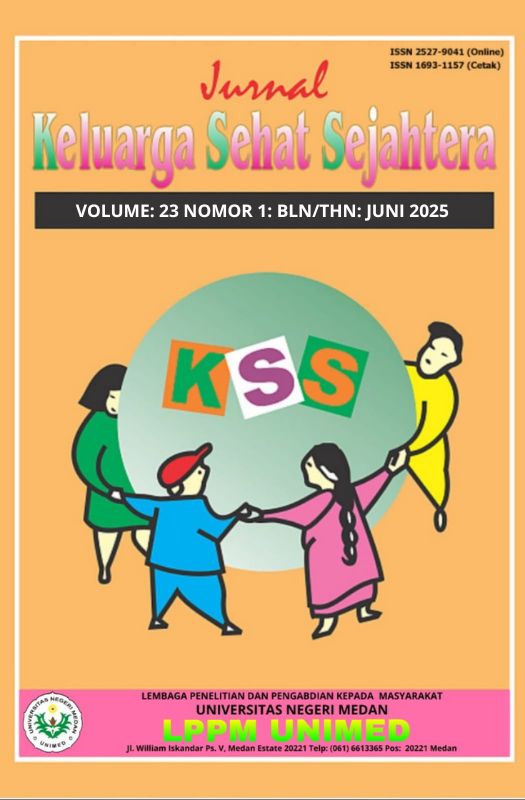PREDIKSI JUMLAH KUNJUNGAN WISATAWAN ASIA TENGGARA KE INDONESIA MENGGUNAKAN RANTAI MARKOV DAN IMPLIKASINYA TERHADAP KESEJAHTERAAN KELUARGA LOKAL DI DAERAH PARIWISATA
DOI:
https://doi.org/10.24114/jkss.v23i1.55145Abstrak
Tourism is a strategic sector that contributes significantly to the national economy. One important indicator in this sector is the number of tourist visits from countries in Southeast Asia. This study aims to predict the number of tourist visits from countries in Southeast Asia to Indonesia using the Markov chain approach, a stochastic model that relies on the probability of transition between states. The data used is the number of tourist visits in 2024 obtained from the Central Statistics Agency (BPS). The number of visits is classified into three states: low, medium, and high. The analysis process includes the formation of a transition matrix, Markov properties test using the Chi-Square method, and steady state calculation using the Chapman-Kolmogorov equation. The test results show that the data fulfill the Markov properties, and the steady state prediction shows a stable long-term probability distribution of tourist visits.Diterbitkan
Cara Mengutip
Terbitan
Bagian
Lisensi
Hak Cipta (c) 2025 JURNAL KELUARGA SEHAT SEJAHTERA

Artikel ini berlisensiCreative Commons Attribution-ShareAlike 4.0 International License.













